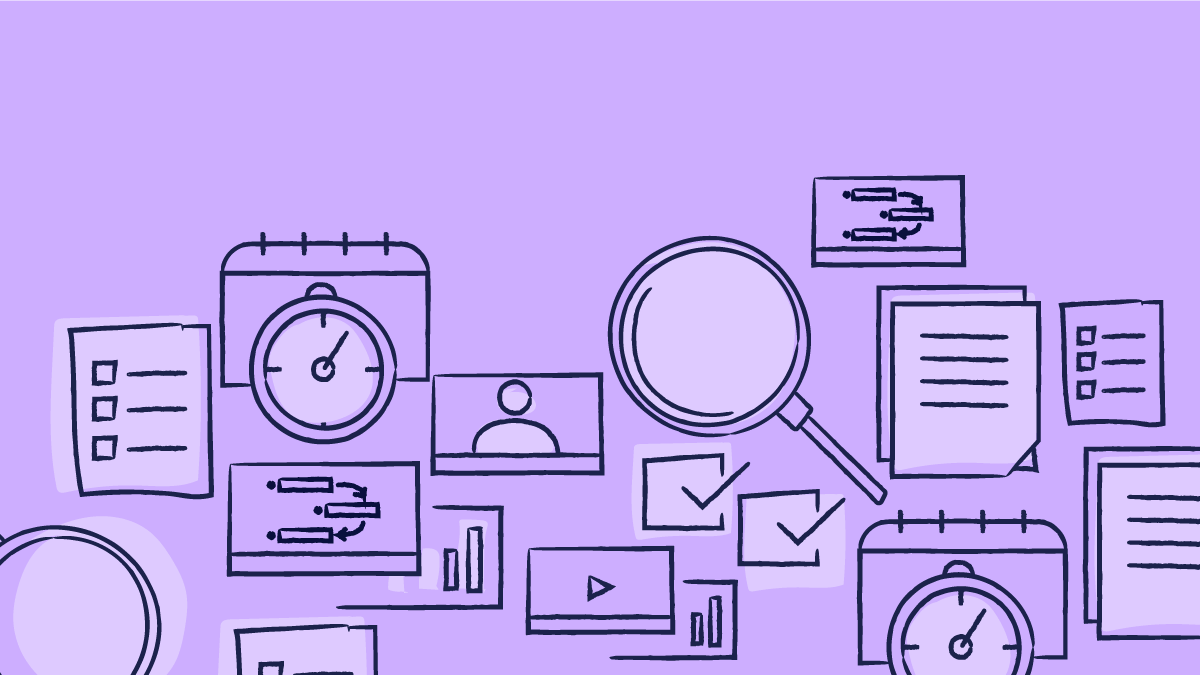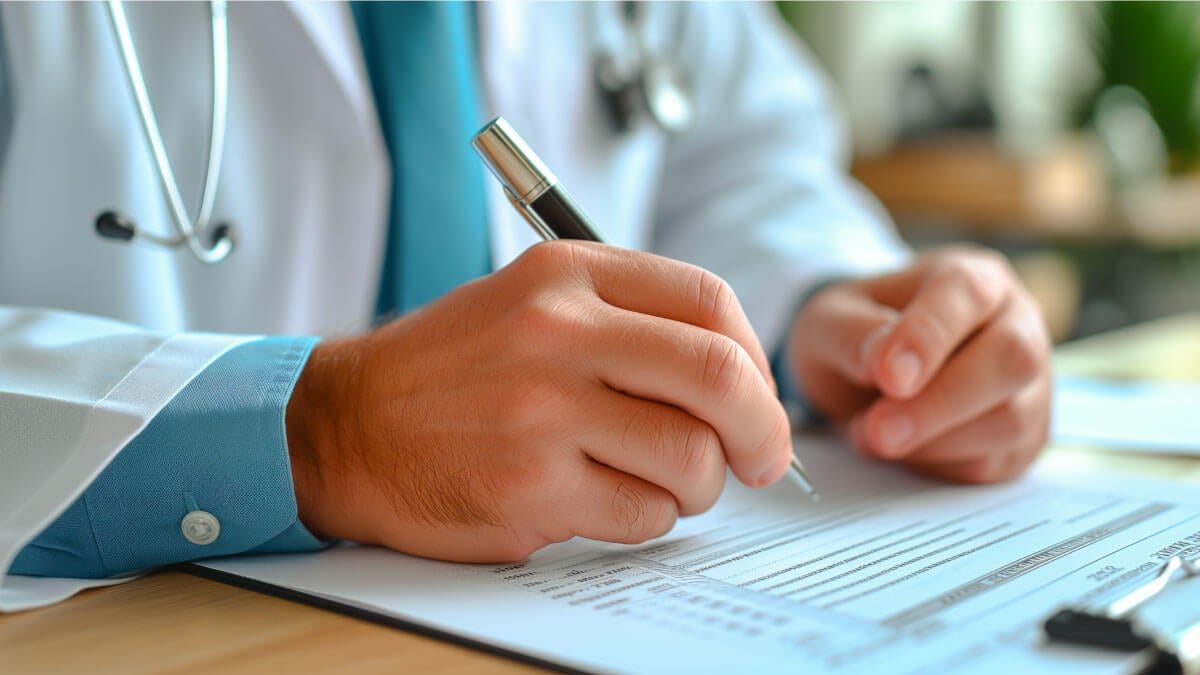ISO 17025
The International Organization for Standardization (ISO), sets standards for organizations worldwide. It is a non-governmental organization providing guidelines and standards to manufacturing and technological fields.
ISO is an independent organization with membership countries where it publishes standards relevant to respective fields. As ISO standardizes almost all fields where technical expertise is required, medical devices, tests, and other aspects of healthcare sectors fall under the jurisdiction of ISO.
ISO 17025 focuses on laboratory competence. It is also called the ISO/IEC 17025. The IEC is the International Electrotechnical Commission. Since some laboratory procedures include electrical and electronic engineering, the IEC has to be involved in this standardization.
What is ISO/IEC 17025 for?
Therapeutic, prophylactic, or diagnostic medicines that contain genes. Usually used to treat cancer, long-term diseases, or genetic disorders, gene therapy medicines work by inserting recombinant genes into the body. A recombinant gene is a DNA string created in a laboratory that combines DNA from different sources, thus creating DNA sequences that cannot otherwise be found in the genome.
Gene therapy medicinal products have the following characteristics according to the current regulations:
- It contains an active substance that contains or consists of a recombinant nuclei’s acid used in or administered to human beings with a view to regulating, repairing, replacing, adding, or deleting a generic sequence.
- Its therapeutic, prophylactic, or diagnostic effect relates directly to the recombinant nucleic acid sequence it contains or to the product of the genetic expression of this sequence.
Gene therapy medicines do not include vaccines against infectious diseases.
A good example of gene therapy medicines is oncolytic viral therapies for melanoma.
Somatic-cell therapy medicines
ISO/IEC 17025 sets requirements for laboratories around the world so that they can maintain a standard level of competency. This standard is used by laboratories, regulatory authorities, clients, and, in general, anyone wanting to ensure the quality and reliability of lab results.
It was released in 2017 to provide more specific requirements in addition to ISO 9001. The ISO 9001 provides a general quality management requirement, which is insufficient for laboratory purposes.
ISO/IEC 17025 outlines all requirements, including sampling, structural requirements, resources, process and management requirements, etc. The document acts as a thorough guideline for establishing and maintaining laboratory competency.
Which sectors does ISO 17025 apply to?
ISO 17025 is not limited to any single type of laboratory. All labs can be accredited to this standard. For example, a forensic lab and a concrete lab can both have ISO 17025 certification. Any laboratory, organization, or institute that conducts testing, sampling, and associated services benefits by adhering to ISO 17025. The wide application of the standard allows for collaboration between cross-industry laboratories, eliminating the need for retesting. Medical labs often also need an ISO 15189 certification.
ISO/IEC 17025 benefits
As most countries accept ISO/IEC 17025, laboratory functions are simplified. Like other ISO certifications, for example, the ISO 9001 and ISO/IEC 17025 also boost reputation. If a lab adheres to ISO/IEC 17025 requirements, it shows its credibility, and as a result, customers are more likely to choose it over non-compliant labs.
Since it standardizes the methods, processes, and management, adhering to ISO/IEC 17025 also increases collaboration between local and international laboratories. Being accredited thus increases a laboratory's scope of function and international collaboration.
ISO/IEC 17025 also comes with lists of requirements and provides detailed guidelines on steps required to achieve these requirements. Hence, as a laboratory adheres to the requirements of ISO/IEC 17025, it also establishes a system to maintain quality, ensure competence and accuracy, and continuous improvement by simply following the ISO requirements; an internationally standardized system is planned, established, and maintained. This allows smaller laboratories to function with the same standards as large ones without allocating huge funds.
Due to the nature of requirements, laboratories are obligated to meet risks and oversights promptly and concisely. The system also streamlines the management process and increases accountability. As a result, the overall performance of the laboratory improves.
Due to its global acceptance, most organizations will only work with ISO 17025 certified laboratories. It makes doing business simpler for all parties. Also, the certification involves meticulous quality control measures, ensuring that a business is following processes correctly, making it attractive to future clients.
ISO/IEC 17025 requirements
ISO 17025 specifies a laboratory's structure, including the general, structural, resource, process, and management requirements.
Here is a short synopsis of the requirements:
- The general requirements state that the management and action of the lab will be impartial and confidential at all levels.
- The structural requirements call for the laboratory's legal identity, accountability, quality maintenance, and definite scope of activity. It also requires the laboratory to have a definite organizational structure and dedicated staff for proper management.
- The resource requirements outline the personnel, facilities, equipment, systems, and support required to keep the laboratory running. It goes into details of each section, including keeping records.
- The process requirements provide details regarding laboratory standards for procedures like choosing contract tenders, reviewing requests, selecting and validating methods, sampling, calibrating reports, record keeping, dealing with complaints, etc. in ISO 17025, clear and concise directives are given to avoid any confusion while running the laboratory.
- The management system requirements provide guidelines regarding management issues a laboratory may face, along with guidelines for two standard management structures.
How can I get ISO/IEC 17025 accredited?
ISO 17025 verifies a laboratory's capability of producing accurate test results. As the certification is for technological capability, the accreditation process also involves technological assessment. Hence, the ISO 17025 accreditation process is more thorough than other certifications (like the ISO 9001 certification).
Third-party accreditation bodies carry out the accreditation. They are often recognized by the International Laboratory Accreditation Cooperation (ILAC). To get accredited, you must establish all systems mentioned in the ISO 17025 and run them for at least 3-6 months before applying to the accreditation bodies for approval. After they conduct on-site visits and process the necessary paperwork, they will provide you with lists of major and minor non-conformities they found and give you time to correct them. After correcting them, they will provide your laboratory with an accreditation certificate for two years. They will also do a surveillance assessment each year.
The reason for the strict requirements is simple: maintaining quality and credibility. Since laboratory tests are delicate, meticulous quality control is the only way to ensure laboratory reports stay reliable.
Additional resources

How to Implement the Continuous Improvement Cycle | Scilife
Even an organization with stellar leadership and a solid core of employees experiences hiccups from time to time. Despite having assembled all the ...

How to assess and enhance your Quality Management Maturity | Scilife
As the life sciences industry becomes increasingly regulated and competitive, quality management has become more vital than ever. Are you confident ...

Best Quality Management Software (QMS) for Life Sciences | Scilife
The right electronic Quality Management System (eQMS) can help strengthen your compliance processes and build a culture of quality within your ...

How to write a good quality plan for medical devices | Scilife
In life sciences, especially if you’re in the medical device industry it becomes harder to manage projects in accordance with your company’s quality ...
Turn quality into your brightest asset with Scilife
